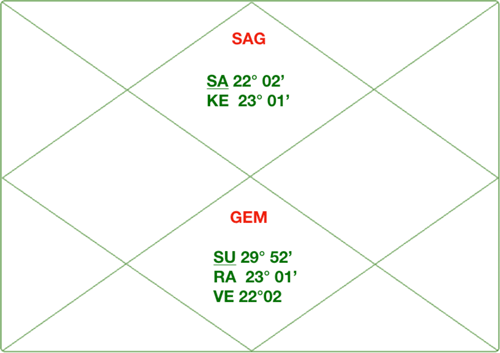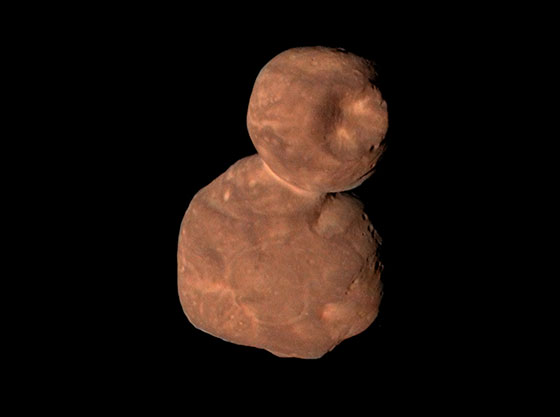Spring | Summer | Fall | Winter | |
2025 | Volume 67 |
| Volume 65 | Volume 66 |
Volume 45, 26 June 2019
“Health is the greatest possession. Contentment is the greatest treasure. Confidence is the greatest friend.”
This newsletter is dedicated to a detailed analysis of some fascinating but tricky time periods coming up to give you a heads-up in planning important events.
The Summer of our Discontent
Though I have not read the famous novel by John Steinbeck entitled “The Winter of Our Discontent”, I imagine we could coin our title based on the phrase in terms of this summer, as somewhere in everyone’s chart some pretty challenging combinations are in play or about to be.
Right out of the gate is the July eclipse season with a full solar eclipse coming on the 2nd. Though not visible in the US, it tracks across some global hot spots. Ardra is the eclipsed nakshatra as if to underscore the ominous storm clouds. There is also a partial lunar eclipse on the 16th and 17th visible in a wide swath of the world though not North America.
Regarding the long-term drip-drip of dukha (troubles), the current Saturn Ketu combination has a longevity that is truly remarkable. They have been tracking within a degree of each other in the rashi of Sagittarius since April 25th and will be in a dead heat until October 2nd. This is due to the peculiarities of how Saturn is moving in its retrogression cycle and the fact that both are the slowest moving grahas.
To better understand the mechanics of this, you might remember that the grahas that actually orbit the Sun (Mercury, Venus, Mars, Jupiter and Saturn) undergo a cyclical phenomena whereby they appear to slow in their forward motion through a rashi and reach a point where they have no motion at all and then slowly they seem to start moving backwards (retrograde). All of this is an artifact of observing the sky from planet earth rather than outer space but earth is our natural reference point for studying the sky.
Rahu and Ketu always move backwards through zodiacal constellations but it is not considered to be the same kind of retrograde event as the nodes are not visible and they do not undergo the other end of the retrogression cycle which is combustion. Tracking their movement requires something other than the direct observation available for the tara grahas - the name given to the collective of the five true planets.
It is the karma of the times that just as Saturn and Ketu were approaching each other Saturn was already decreasing its forward motion. Then on April 25th Saturn ceased its forward motion and seemed to be stationary. That allowed Ketu, moving backward, to “catch up” with Saturn. On April 29th Saturn began its retrograde cycle. It remains very slow moving so Ketu not only caught up to Saturn but they continue to be locked together as they move backward through Sagittarius less than one degree from each other and more or less at the same speed. It is a veritable perfect storm.
How long will this go on? Saturn ends its retrograde cycle September 18th which means Ketu and Saturn will then be moving in opposite directions. However, Saturn is still super slow. Though it clears one degree by October 2nd it is not until early November till they are around 4 degrees apart. More significantly, Saturn will move into Capricorn January 24, 2020. Considering how consequential 2020 is for world events, it is at least helpful not to have this particular configuration in play.
But Wait There is More!
The great limb of Jyotisha known as muhurta gives both general and specific guidance about the best times to initiate something important in your life. Obviously the Saturn/Ketu pattern is not the best but when combined with what is simultaneously happening with Venus, most Jyotishis would recommend against most materializing activities, but especially marriage.
NOTE: Life must go on. Initiating unavoidable activities is, well, unavoidable!. Jyotisha is a compassionate tradition and there are remedial measures. What follows is addressed to those who have some volition in the matter, counseling them to be patient and let the cycle pass.
Good muhurtas advocate well positioned Venus and Jupiter. But starting June 29th, Venus steps into the fray. It moves into the constellation of Gemini, joining the Sun and Rahu, and therefore also opposite to and aspected by Saturn, Ketu - all the malefics other than Mars.
By July 9th, Venus is within 10 degrees of the Sun and therefore combust which muhurta guidelines consider undesirable. Considering this occurs concurrently with the Saturn/Ketu pattern and the eclipse period described above , the red lights are all flashing! Once past the last eclipse of July 16th/17th, Venus is nearing the exact degree of Saturn, Rahu and Ketu and coming closer and closer to the Sun. As a fast moving graha, however, it escapes the Rahu/Ketu/Saturn pattern by July 23rd but is now within six degrees of the Sun.
Because Venus and the Sun travel at a similar speed, this combustion cycle is quite long. August 13th is when Sun and Venus are on the same degree and then Venus starts to pull ahead. Yet, when it does clear at least six of the ten degrees, it enters its sign of debilitation. Starts sounding like the Jean Paul Satre play entitled “No Exit”. It clears the combustion degree by September 24th but is still debilitated.
Finally, Venus moves into Libra October 4, 2019 with the first decent muhurta available most likely on the 7th (personal charts permitting).
What to do if you have to do something? There is some saving grace for the debilitated phase of Venus once it clears the combustion so some dates in that time period could be usable. There is also the amelioration of a strong Jupiter aspecting some of the difficult patterns, opening up other possibilities. All of these should be closely examined by someone who is adept at muhurta not only for usable days but for remedial measures. Intention is critically important and if intention is strongly focused through remedial measures, it can go a long way to perfecting a time period.
The following chart sketch is for July 16, 2019 on the lunar eclipse. Notice how close the degrees are for all those grahas in Sagittarius and Gemini.

The Media Corner:
NASA's Mission to Pluto and Kuiper Belt
Twelve years ago, NASA launched a mission to visit “beyond the beyond”. In 2014 a new fly-by target was discovered - a minor planet in the Kuiper Belt beyond the orbit of Neptune some four billion miles from the Sun making it the most distant planetary fly-by in history. The object was named Ultima Thule, meaning beyond the known world.
Participating in the project, unlikely as it might seem, was astrophysicist and stereoscopic photographer Dr. Brian May (aka major rock star and song writer/lead guitar of the band Queen). Fittingly he also composed a song that was played on New Year’s Day as the fly-by reached its goal and the photos starting transmitting back.
Here is a quote from Brian and two links to more info on the project.
“The very first stereo view of the most remote object ever seen by the human race begins to reveal its topography, as a flat picture never could,” he captioned the image. “Ultima Thule is by far the oldest known and most unspoiled relic of the early solar system – that same solar system that was born so that you and I could be born!”













